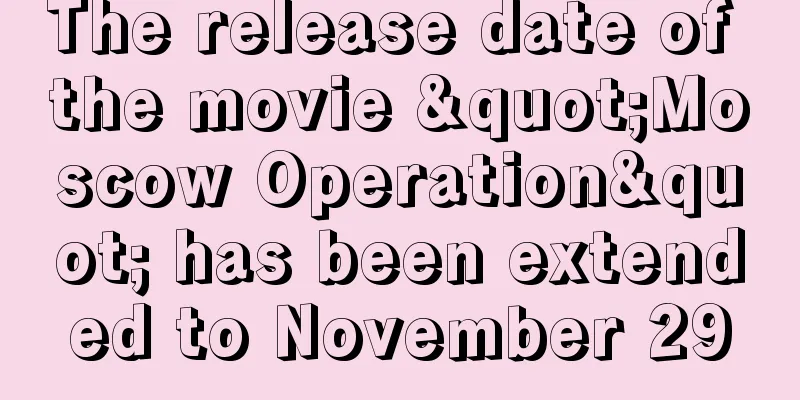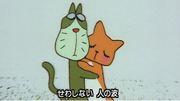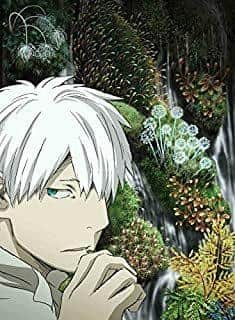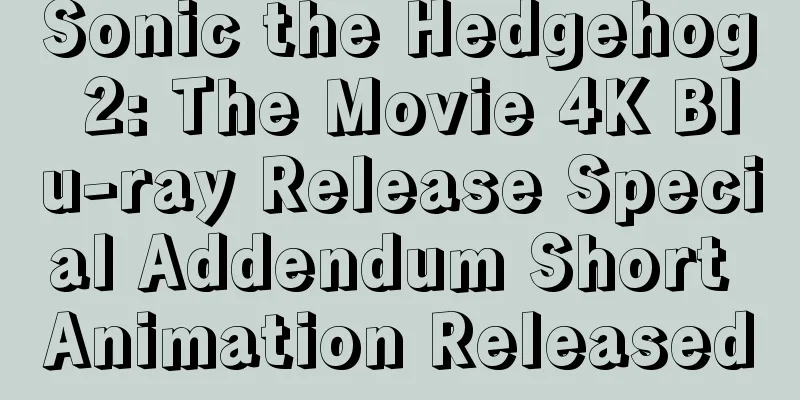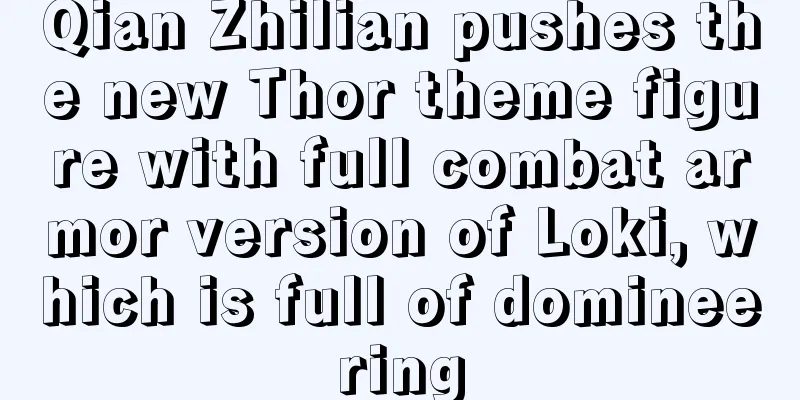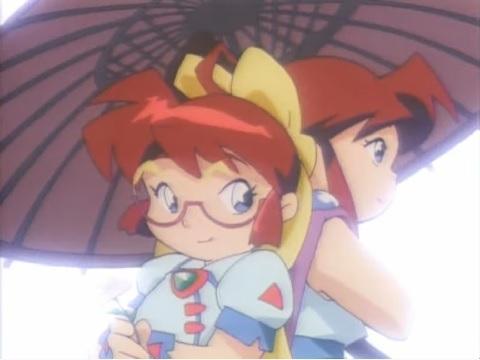Balloon Song: A thorough analysis of the appeal and emotion of this song for everyone

Balloon Song - The charm and history of Minna no Uta"Balloon Song" is a short animated work that was broadcast in June 1961 as part of NHK's "Minna no Uta" series. In just two minutes, this work succeeded in deeply moving and delighting viewers. Below, we will explain in detail the appeal and history of "Balloon Song" and the background to its production. Overview"Balloon Song" was broadcast on NHK Educational TV (now NHK E-Tele). It was broadcast in June 1961 and is a short work consisting of only one episode. It was produced by Mokubaza and is drawn in a unique style called silhouette animation. The copyright is owned by NHK. Story and Themes"Balloon Song" has a simple yet heartwarming story. The story depicts a balloon flying through the sky, passing by various landscapes. The balloon reflects the smiling faces of children and the beauty of nature, conveying a message of peace and hope to the viewer. The theme of this work is "dreams" and "freedom," and the balloon symbolizes the infinite possibilities of children and hope for the future. Background"Balloon Song" reflects the state of Japanese society in the early 1960s. At the time, Japan was entering a period of rapid economic growth, and people's lives were undergoing major changes. However, at the same time, memories of the war and the hardships of reconstruction were still fresh. "Balloon Song" was created against this historical backdrop, with the aim of giving children dreams and hope. The production company, Mokubaza, is known as a pioneer of silhouette animation, a technique that uses black silhouettes to tell a story, and it combines visual impact and artistic quality. This technique was used effectively in "Balloon Song," and it left a strong impression on viewers. Music and lyricsThe music for "Balloon Song" was written by composer Yoshinao Nakata. Nakata is well known for composing music for children, and he demonstrates his talent in "Balloon Song." The lyrics were written by poet Michio Yamagami, and are written in gentle words that resonate with children. The combination of music and lyrics deeply moves the viewer, further enhancing the theme of the work. Visual appealThe visual appeal of "Balloon Song" lies in the beauty of the silhouette animation. The way the black silhouettes move is almost like shadow puppetry, creating a fantastical effect that draws the viewer into the world of the story. The scenery of the balloons flying also depicts the beauty of nature and the smiling faces of children, creating a sense of visual richness. This visual appeal contributes greatly to visually expressing the themes of "dreams" and "freedom" in the work. Social impact"Balloon Song" was loved by many viewers and had a social impact since it was first broadcast. It was especially praised as a work that gives children dreams and hope, and was widely enjoyed in schools and homes. The beauty and artistry of the silhouette animation also attracted attention in the field of visual arts, influencing many creators. "Balloon Song" is considered a particularly important work in the NHK "Minna no Uta" series. Modern RecognitionEven today, "Balloon Song" continues to be loved by many viewers. With the spread of the Internet, past "Minna no Uta" series are being re-evaluated, and "Balloon Song" is one of them. In particular, the beauty of the silhouette animation and the appeal of the music still strongly appeal to modern viewers. In addition, the themes of the work, "dreams" and "freedom," have universal values that transcend time and resonate with modern viewers. Related works and recommendationsFor viewers who enjoyed "Balloon Song," we also recommend the following related works. These works were also produced as part of the "Minna no Uta" series, and are intended to give children dreams and hope.
summary"Balloon Song" is a particularly important work in the NHK "Minna no Uta" series, and its content gives children dreams and hope. The beauty of the silhouette animation and the appeal of the music deeply move viewers, visually expressing the work's themes of "dreams" and "freedom." "Balloon Song" has been loved by many viewers from the time it was broadcast to the present day, and is a work with universal value that transcends time. By enjoying the related works, you will be able to understand the appeal of the "Minna no Uta" series even more deeply. |
<<: The appeal and evaluation of "Anju and Zushiomaru": New possibilities for cooking anime
>>: "Kotori no Oka": A fusion of moving stories and music that everyone can learn from songs
Recommend
The movie adaptation of the game "Until Dawn" is scheduled to be released in 2025
David F. Sandberg, the live-action film director ...
Hole in the Bucket: The moving and evaluation of everyone's songs
Hole in the Bucket - Everyone's Songs Classic...
Sugar Apple Fairy Tail 2nd season appeal and reviews: developments that exceed expectations and character growth
Sugar Apple Fairy Tale Season 2 - A sweet tale se...
Jackie Chan and Jet Li's "The Forbidden Kingdom" will be re-screened on August 3 and will last for a month
The action movie "The Forbidden Kingdom"...
Netflix cancels two series, "This Is Not OK" and "Parallel Society"
Today, Netflix announced that two series, "P...
The appeal and reviews of "Gamers!": A must-see anime for gamers
"Gamers!": A world where games and yout...
Nolan's new film will once again cooperate with Universal Pictures and star Matt Damon to be released in 2026
According to foreign media Deadline, Christopher ...
Greasy uncle PIKO Taro and Pikachu release a new song! Both start with PI and are still magical
The new song of the collaboration between the fam...
Disney will make a live-action version of "One Thousand and One Nights". Are you looking forward to it?
According to a recent report by foreign media Dea...
Theron Charlize Theron's new comic book adaptation "The Eternals" reveals stills of her role as a 6,000-year-old immortal
Goddess Charlize Theron's new comic-adapted f...
The new trailer of the animation "Cosmic Giant He-Man: Revelation" shows He-Man's high-energy appearance
Recently, Netflix released a new trailer for He-M...
Pokémon Sword & Shield "Wings of Twilight" - A review of the fascinating story and new adventure
Pokémon Sword & Shield "Wings of Twiligh...
"Dragon Quest" 3DCG movie will be released in Japan on August 2nd, and the new trailer has been released
Today (June 19), the 3DCG movie "Dragon Ques...
New Dokonjo Gaeru Dokonjo Yumemakura - A thorough review of the latest installment in the Dokonjo Gaeru series
New Dokonjo Gaeru Dokonjo Yumemakura - Shin Dokon...
The first trailer of the movie "One Hundred and Eight" adapted from the real events of the Wenchuan earthquake was released
The Wenchuan earthquake-themed movie "One Hu...
